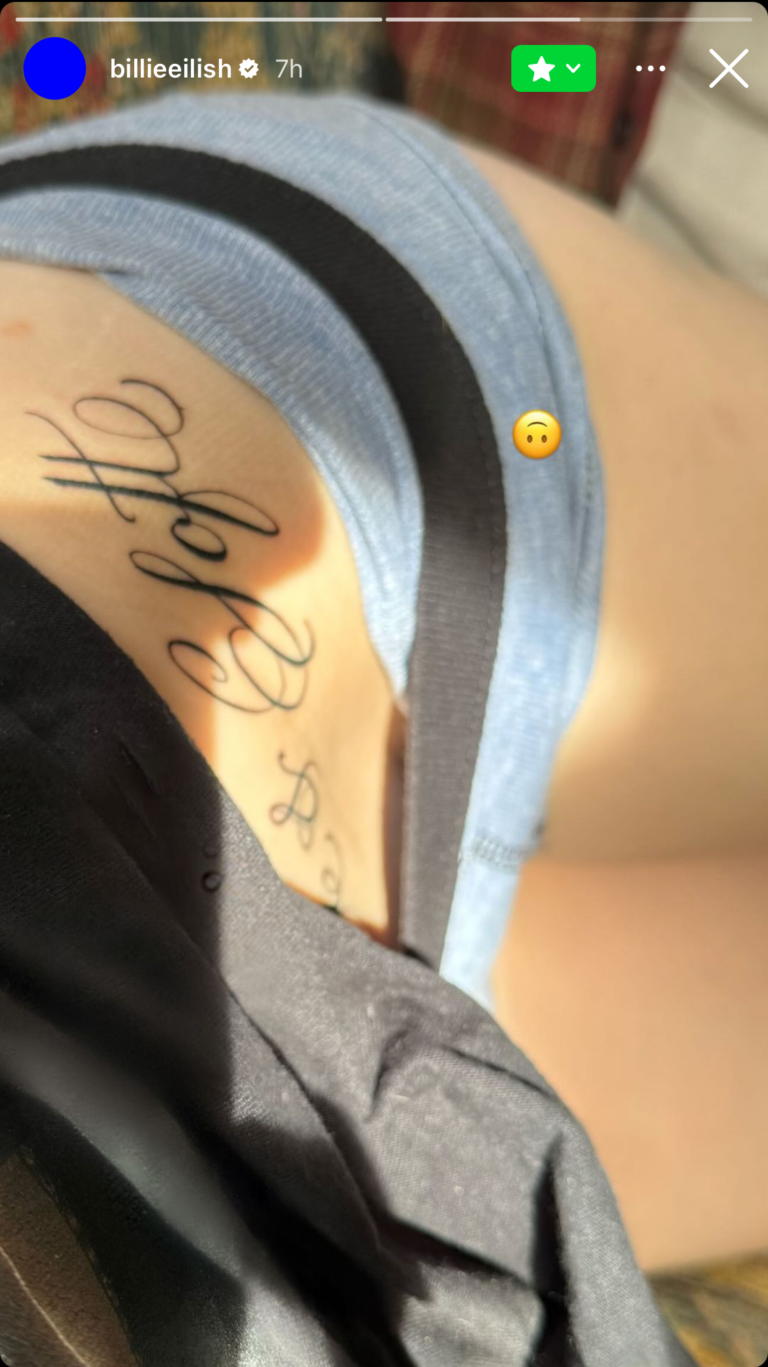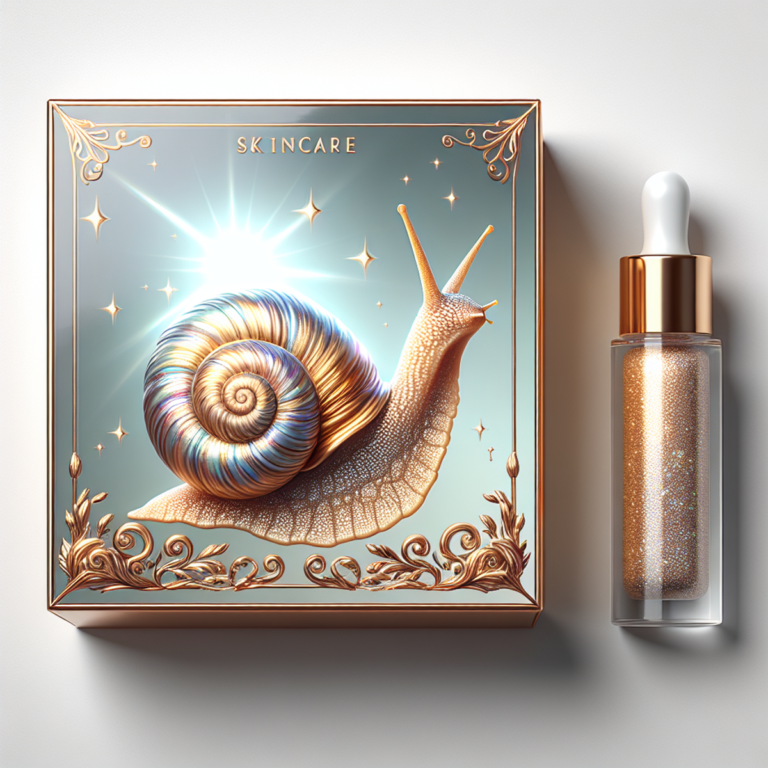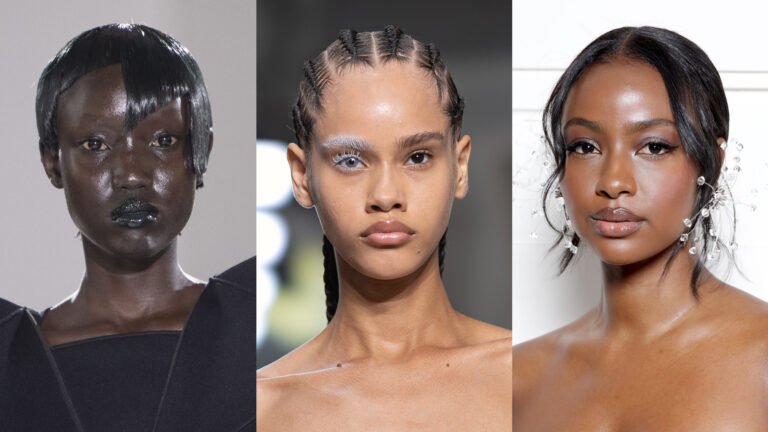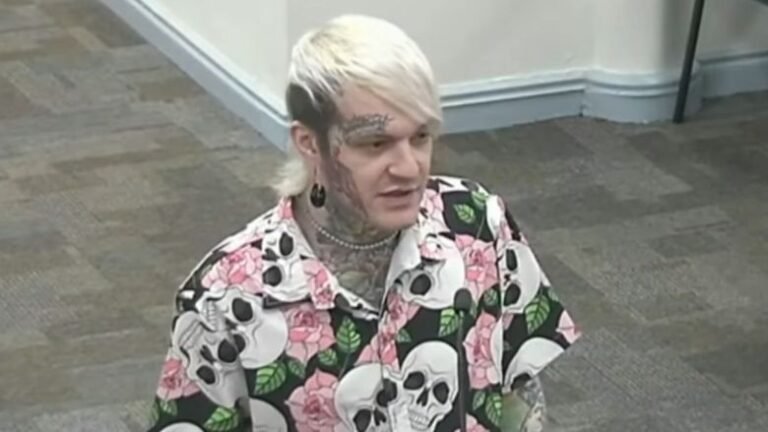Nodular Acne: What It Looks Like, Causes & Treatment
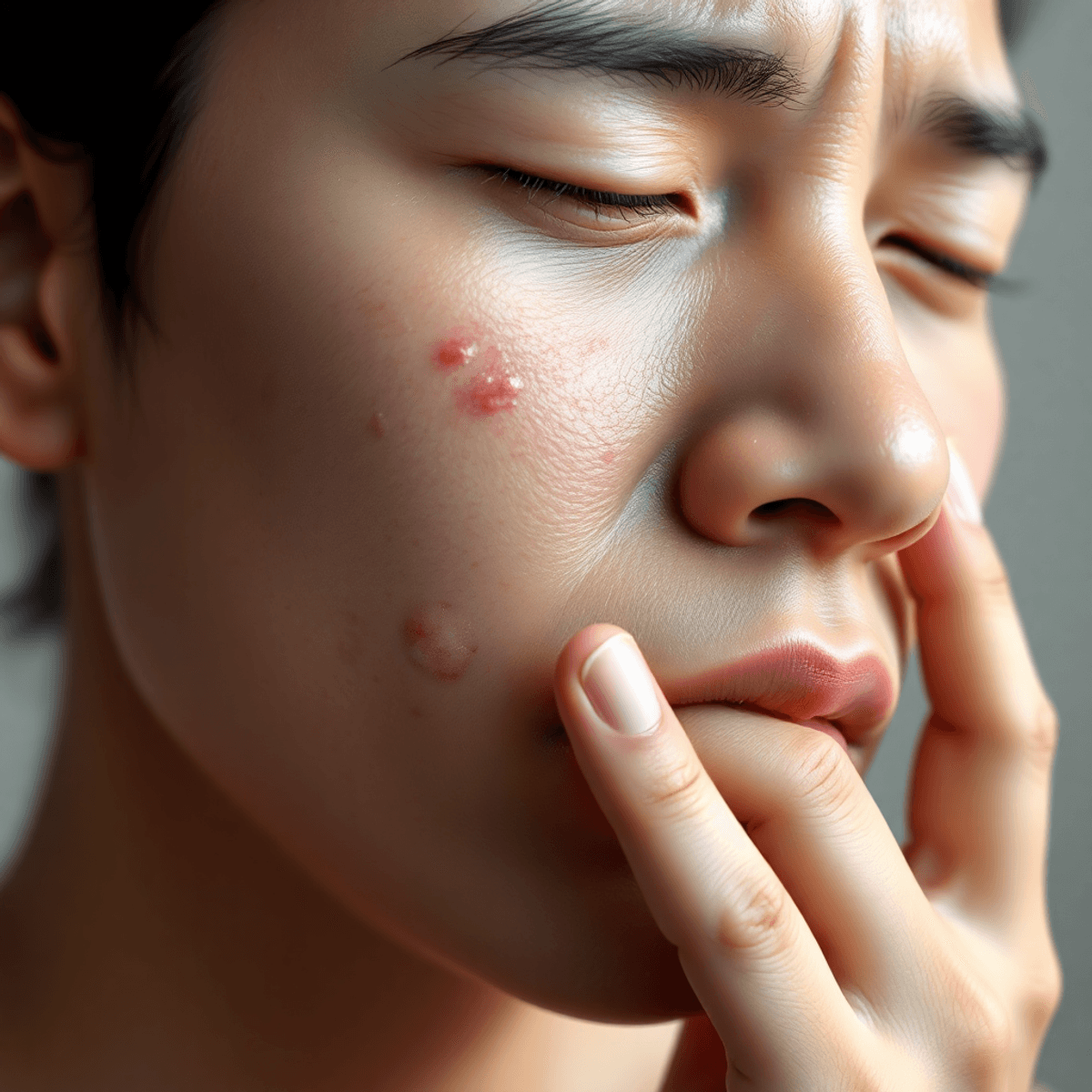
Introduction
Nodular acne is a severe form of inflammatory acne that appears as hard, painful lumps beneath the skin. Unlike typical blackheads or whiteheads, these nodules don’t have a visible head and don’t respond to regular over-the-counter treatments. If left untreated, they can cause deep scarring.
Understanding nodular acne is crucial for effective treatment. Recognizing its distinct characteristics helps in differentiating it from milder forms of acne, ensuring that appropriate measures are taken to manage and treat it effectively.
This blog will guide you through identifying nodular acne, exploring its causes, and examining various treatment options. By understanding how to get rid of pimples effectively, you will learn strategies such as how to remove pimples overnight, how to stop getting pimples, and how to prevent pimples on face forever. Additionally, we’ll delve into home remedies for managing breakouts and introduce you to the best cream to remove pimple marks fast. Whether you’re searching for ways on how to reduce pimple redness in 5 minutes or looking for comprehensive acne treatment, this guide aims to provide valuable insights into maintaining optimal skin health.
Understanding Nodular Acne
Nodular acne is a severe form of inflammatory acne that presents unique challenges in both identification and treatment. Unlike the more familiar blackheads or whiteheads, nodular acne is characterized by hard, painful lumps known as nodules. These develop deep within the skin and often lack a visible head, making them particularly resistant to common over-the-counter treatments.
Characteristics of Nodular Acne
- Appearance: Nodular acne typically manifests as large, red bumps on the skin. These nodules are not only painful but can also be deeply embedded in the skin layers.
- Texture: Unlike other types of acne, nodules feel solid due to their depth and inflammation.
- Location: Commonly found on the face, especially around the jawline and chin, nodular acne can also appear on the back and buttocks.
Distinct Differences from Other Acne Forms
- Blackheads & Whiteheads: These are non-inflammatory types of acne. Blackheads are open at the surface of the skin, causing a dark appearance due to oxidation. Whiteheads remain closed beneath the skin’s surface.
- Cysts vs. Nodules: Although both are severe forms of acne, cysts contain pus and may rupture, whereas nodules remain intact under the skin and do not contain liquid.
Understanding these differences is crucial when exploring how to get rid of pimples overnight or remove pimples naturally and permanently. While some home remedies might provide relief for milder cases or help with how to remove pimple marks, nodular acne often requires medical intervention due to its severity.
Consider seeking dermatological advice if you aim to address issues like how to get rid of deep pimples or teenage pimples effectively. The complexity of this skin condition demands a tailored approach for each individual case, ensuring effective management and reducing potential scarring associated with untreated inflammatory acne.
Causes Behind Nodular Acne Formation
Nodular acne is a severe skin condition that often leaves individuals searching for effective pimple treatment methods. Understanding the underlying causes is crucial in finding the best way to get rid of pimples and preventing future outbreaks.
Overactive Oil Glands
One of the primary culprits behind nodular acne is overactive oil glands. These glands, known as sebaceous glands, produce sebum, an oily substance meant to protect and hydrate your skin. However, when these glands become overactive, they produce excess oil, leading to clogged pores. This environment becomes a breeding ground for bacteria, resulting in the painful nodules characteristic of nodular acne.
Dead Skin Cells Buildup
The impact of dead skin cell buildup is significant in pore blockage. Normally, dead skin cells are shed naturally. Yet, when combined with excess oil, these cells can accumulate and block pores, forming nodules that are much deeper and more painful than other types of acne like blackheads or whiteheads. This blockage not only contributes to current breakouts but also increases the risk of future flare-ups.
Hormonal Changes and Other Influencing Factors
Hormonal changes play a pivotal role in the severity of nodular acne. Fluctuations in hormones can trigger increased oil production, especially around the jawline and chin. It’s common during puberty, menstrual cycles, pregnancy, or due to conditions like polycystic ovary syndrome (PCOS).
Several other factors also influence acne severity:
- Sweating: Excessive sweating can exacerbate acne by mixing with oils on your skin.
- Medications: Some medications might increase oil production or cause hormonal imbalances.
- Genetics: A family history of severe acne can predispose individuals to similar outbreaks.
Addressing these factors is key when considering how to get rid of small bumps on face or how to treat tiny bumps on face. For instance:
- How to get rid of teenage pimples naturally at home involves maintaining a consistent skincare routine that includes gentle exfoliation to remove dead skin cells.
- How to get rid of cystic pimple or how to get rid of a pimple in an hour may require more targeted treatments such as cortisone injections for quicker relief.
Understanding these underlying causes empowers you with knowledge on how to get rid of pimple marks effectively and find personalized treatments that address the root issues rather than just surface symptoms.
Identifying Symptoms of Nodular Acne
Nodular acne appears as hard, painful lumps that develop deep within the skin. Unlike other types of acne, these nodules don’t have a visible head and are usually red and swollen. Here are some signs to look out for:
- Red Bumps: These bumps are on the surface of the skin but are rooted deeper, making them more painful than regular pimples.
- Painful Lumps: The nodules can be sensitive when touched and may last for weeks or even months if not treated.
It’s important to differentiate nodular acne from other types for effective treatment. Here’s how you can tell them apart:
- Blackheads and Whiteheads: These are surface-level blemishes with a visible head, unlike nodular acne which doesn’t have one.
- Cystic Acne: While similar in severity, cystic acne presents with pus-filled cysts, whereas nodular acne remains solid.
- Papules and Pustules: Papules are smaller, raised lesions without pus, while pustules contain pus; both differ from the more severe nature of nodular acne.
Understanding these differences can help answer questions like how to get rid of bumps on forehead or how to stop pimples coming on face. If you’re dealing with persistent lesions like chin pimples or wondering how to remove dark spots caused by pimples, knowing whether it’s nodular acne can guide treatment choices. For example, questions about how to get rid of zits fast or remove pimple scars naturally might require different approaches if nodules are involved.
Recognizing these symptoms early can help prevent complications and guide your decision-making toward appropriate treatments.
Effective Treatment Options for Nodular Acne
Nodular acne requires a strategic approach for treatment due to its severity and depth within the skin. Effective management often involves a combination of prescription medications and dermatological procedures tailored to individual needs. Let’s explore some of the key treatment approaches:
Topical Treatments
While over-the-counter options may not suffice for nodular acne, certain topical treatments are prescribed to target less severe outbreaks or as part of a broader treatment plan. These include:
- Benzoyl Peroxide: Helps reduce bacteria and inflammation.
- Salicylic Acid: Aids in exfoliating the skin and unclogging pores.
- Retinoids: Prescription-strength retinoids can promote cell turnover, preventing pores from becoming clogged.
These treatments may be used in conjunction with other methods to enhance effectiveness.
Oral Medications
For widespread or persistent nodular acne, oral medications offer a systemic solution. Common options include:
- Antibiotics: Reduce bacteria and inflammation. They are usually prescribed for short-term use to prevent antibiotic resistance.
- Isotretinoin (Accutane): Often used for severe cases, isotretinoin targets oil production, clogged pores, and inflammation. It is known for its potential to clear up acne but requires careful monitoring due to side effects.
Cortisone Injections
For particularly large or painful nodules, cortisone injections provide rapid relief by reducing inflammation quickly. This treatment can help shrink nodules within a day or two and is often used when quick results are needed, such as before an important event.
Dermatological Procedures
Dermatologists may also recommend procedures to complement medical treatments and improve skin texture:
- Chemical Peels: Use acid solutions to remove the top layer of skin, promoting new skin growth that can reduce scars.
- Laser Therapy: Targets deeper layers of skin without damaging the surface, reducing active acne and scarring.
- Blue Light Therapy: Utilizes specific wavelengths of light to kill acne-causing bacteria.
These procedures are tailored based on individual skin types and severity of nodular acne.
Understanding your options is crucial when dealing with nodular acne. Consulting with a dermatologist can help you identify the most effective combination of treatments tailored to your condition. Whether through prescription medications or advanced dermatological procedures, there is hope for clearer skin ahead.
Preventing Future Outbreaks of Nodular Acne
Preventing future outbreaks of nodular acne involves a proactive approach centered around hygiene practices and lifestyle modifications. By integrating specific strategies into your daily routine, you can reduce the likelihood of developing those painful bumps on your face.
Hygiene Practices
- Cleanse Your Face Regularly: Use a gentle cleanser to remove excess oil, dirt, and sweat. Look for products labeled as non-comedogenic to ensure they won’t clog pores.
- Avoid Harsh Scrubs: While exfoliation is beneficial, harsh scrubs can irritate the skin and exacerbate acne. Opt for mild exfoliants containing salicylic acid or glycolic acid once or twice a week.
- Don’t Touch Your Face: This simple habit can prevent the transfer of oils and bacteria from your hands to your face.
- Keep Hair Clean: Oils from hair can transfer to your face, especially if you have bangs or wear hats frequently. Regular washing helps mitigate this issue.
- Change Pillowcases Frequently: Oils and bacteria can accumulate on pillowcases, so changing them every few days is advisable.
Product Selection Tips
- Choose skincare products that are labeled “oil-free” or “non-comedogenic.”
- Avoid heavy creams and opt for lightweight moisturizers.
- Select sunscreens formulated specifically for acne-prone skin to prevent additional breakouts.
Stress Management
Stress can exacerbate acne by increasing oil production in the skin. Techniques such as yoga, meditation, and regular exercise can help maintain balance in your life and potentially reduce acne flare-ups.
For those wondering how to get rid of bumps on face quickly, it’s crucial not to resort to aggressive treatments that might aggravate your condition. Instead, focus on preventive measures like maintaining cleanliness and using appropriate skincare products tailored to your skin type.
While these measures play a significant role in managing acne, remember that individual responses vary. For instance, acne in your 20s may require different strategies compared to teenage acne. Persistent issues may require professional advice tailored to your specific needs.
Role of Lifestyle Modifications in Managing Nodular Acne
Adopting appropriate lifestyle modifications can significantly aid in managing nodular acne and minimize its severity. A well-thought-out skincare routine is a fundamental aspect of this approach. Here are some recommendations for effective skincare routines:
1. Use Gentle Cleansers
Opt for gentle cleansers that do not strip your skin of its natural oils. This helps maintain a balanced skin environment, reducing the chance of blocking pores.
2. Choose the Right Skincare Products
Selecting non-comedogenic skincare products is essential to prevent clogged pores. Look for labels that specify “oil-free” or “won’t clog pores” to reduce the risk of developing nodules.
3. Address Specific Skin Concerns
Whether you’re dealing with pimples on the face, bumps on the buttocks, or blind pimples, targeted treatments can be beneficial. For instance, understanding how to shrink a pimple in minutes can provide immediate relief.
4. Be Mindful of Shower Habits
Regularly washing areas prone to sweat buildup, such as the back and buttocks, can help manage conditions like butt acne. Additionally, knowing how to get rid of spots on the face through consistent cleansing and exfoliation plays a crucial role.
5. Sun Protection
Daily application of sunscreen is vital. It protects against UV damage that can exacerbate acne scars and increase redness, aiding in how to get rid of red marks left by spots.
Incorporating these strategies into your daily regimen can help manage existing nodular acne and prevent future outbreaks. Remembering that lifestyle changes require consistency and patience is key to seeing visible improvements in skin health.
Exploring Home Remedies and Natural Treatments for Nodular Acne Relief
Nodular acne can be particularly stubborn, but several natural remedies might provide relief for mild cases. These home treatments focus on reducing inflammation and promoting skin healing.
Popular Home Remedies
Here are some popular home remedies that may help with nodular acne:
- Tea Tree Oil: Known for its antimicrobial properties, tea tree oil can help reduce acne-causing bacteria. Diluting it with a carrier oil before application is crucial to avoid skin irritation.
- Aloe Vera: With natural anti-inflammatory effects, aloe vera gel can soothe irritated skin and potentially speed up healing. Applying fresh aloe vera gel directly to affected areas may help.
- Honey and Cinnamon Mask: Both honey and cinnamon possess antibacterial properties. A mask made from these ingredients could help clear bacteria from the skin and reduce swelling.
Addressing Specific Concerns
For those wondering how to remove pimples naturally at home, consistent use of these remedies might offer gradual improvements. Understanding how to stop pimples coming on face at home involves adopting a routine that includes gentle cleansing and hydration.
Safety Considerations
Before trying any home treatment, it’s essential to perform a patch test to ensure no allergic reactions occur. Some people might experience adverse effects due to sensitivity, so monitoring your skin’s response is key to safe usage.
Managing Sudden Breakouts
When faced with how to treat sudden face breakout situations, applying ice wrapped in a cloth can temporarily reduce swelling and redness. This is not a cure but can provide immediate relief.
Natural remedies offer potential benefits for managing mild acne, yet they aren’t foolproof solutions for severe nodular acne cases. Consulting with a dermatologist remains vital for persistent or severe symptoms.
When to Seek Professional Help for Nodular Acne Treatment?
Understanding when to seek professional help is crucial in managing nodular acne effectively. If over-the-counter treatments fail to provide relief or if symptoms become severe, it may be time to consult a dermatologist.
Key reasons to see a dermatologist:
- Persistent and painful nodules that do not respond to home remedies
- Significant impact on your skin’s appearance and health
- Concerns about potential scarring or developing cystic acne
Dermatologists can offer a summary of treatment options, including prescription medications like isotretinoin, cortisone injections, and specialized dermatological procedures. These approaches provide targeted solutions for stubborn acne issues and can also address related concerns such as how to stop breakouts, how to clear pimples, and how to remove blemishes fast.
For those struggling with questions like how to get rid of bumps on arms or how to treat blackheads, professional guidance ensures personalized care tailored to your specific needs. Don’t hesitate to seek expert advice for effective management and prevention strategies.
FAQs (Frequently Asked Questions)
What is nodular acne and how does it affect skin health?
Nodular acne is a severe form of inflammatory acne characterized by painful, solid lumps beneath the skin’s surface. It can significantly impact skin health, leading to scarring and emotional distress due to its visible nature.
What causes nodular acne to form?
Nodular acne is primarily caused by overactive oil glands, dead skin cell buildup that blocks pores, and hormonal changes. Other factors such as sweating, certain medications, and genetics can also influence the severity of acne.
How can I identify symptoms of nodular acne?
Common symptoms of nodular acne include red, painful lumps on the skin. It is important to differentiate it from other types of acne, such as blackheads or whiteheads, which typically do not have the same level of inflammation or depth.
What are effective treatment options for nodular acne?
Effective treatments for nodular acne may include prescription medications like antibiotics or isotretinoin, topical treatments, cortisone injections for rapid relief, and dermatological procedures such as chemical peels or laser therapy.
How can I prevent future outbreaks of nodular acne?
To prevent future outbreaks, maintaining good hygiene practices is crucial. This includes using non-comedogenic skincare products and managing stress levels. Regular cleansing and avoiding pore-clogging products can help reduce the risk of developing nodules.
When should I seek professional help for nodular acne treatment?
You should consult a dermatologist if over-the-counter treatments fail to improve your condition or if you experience severe symptoms. A professional can provide personalized care and recommend appropriate treatment options tailored to your specific needs.


